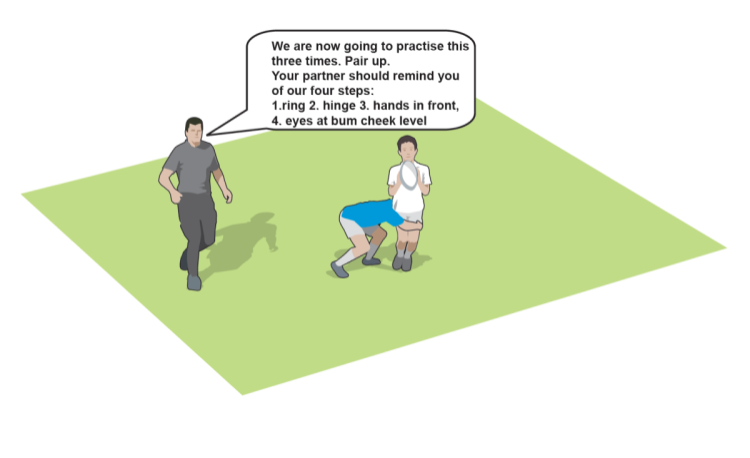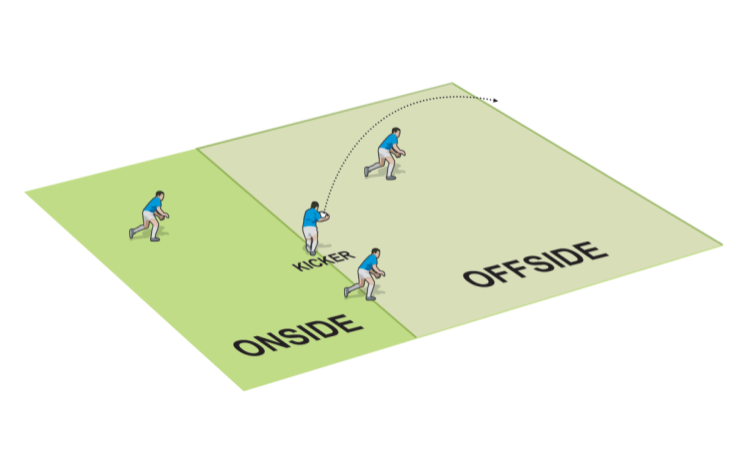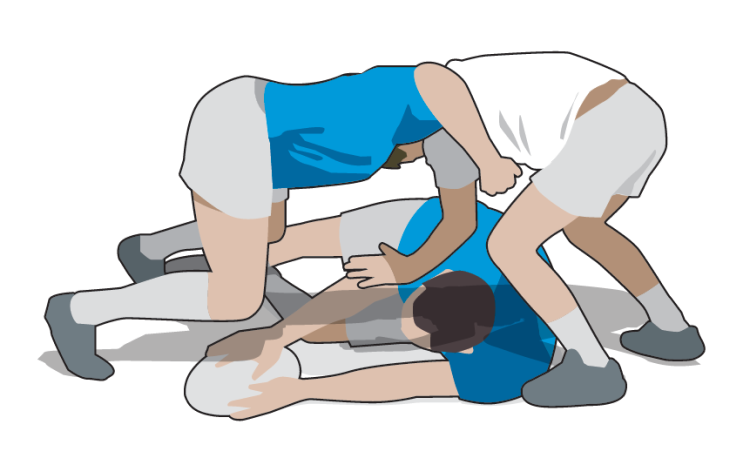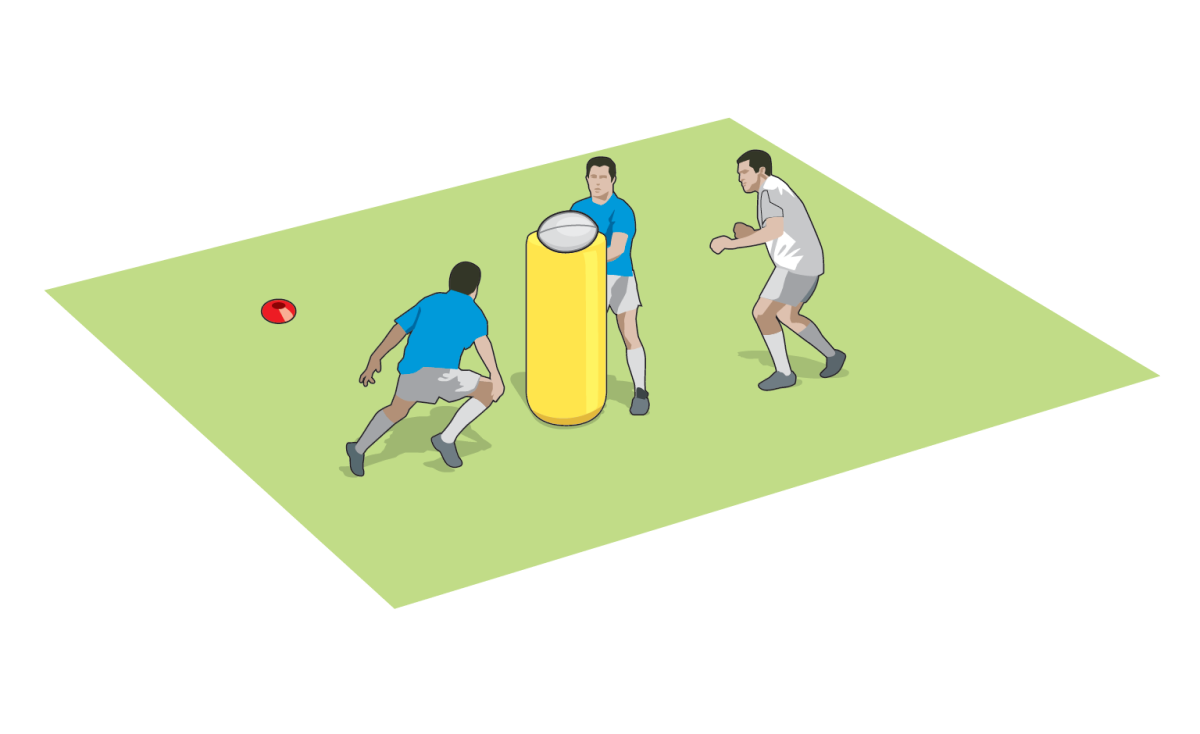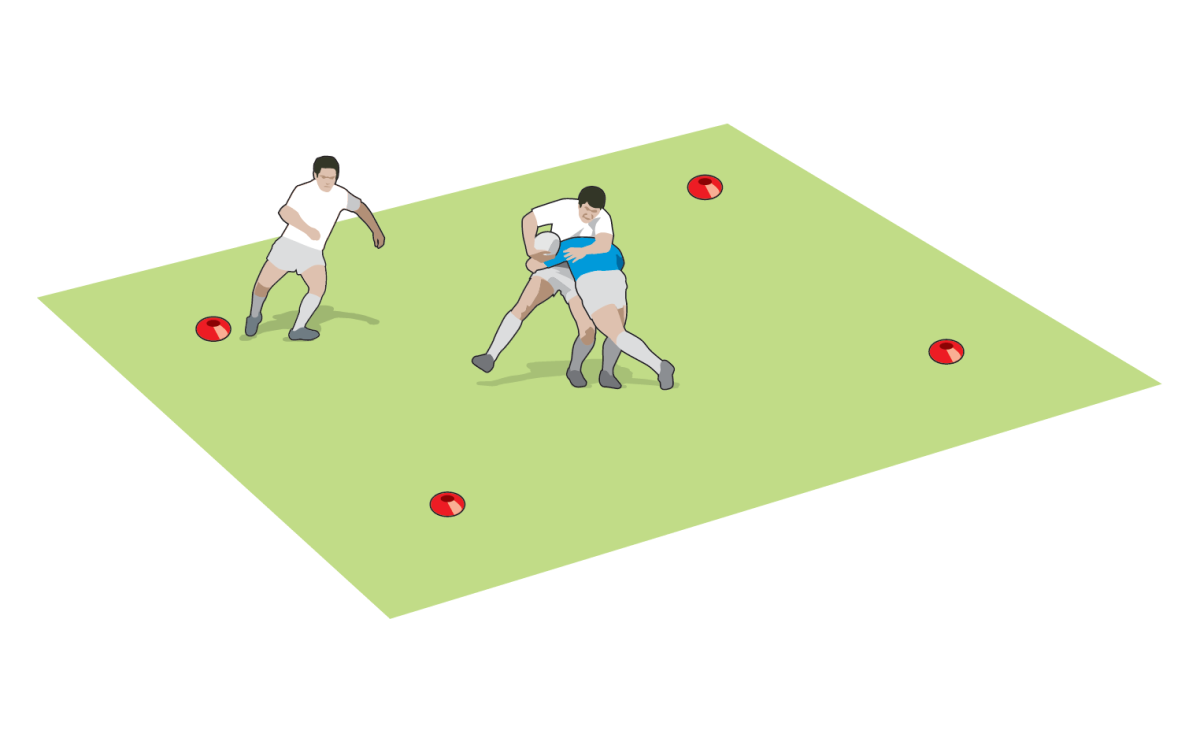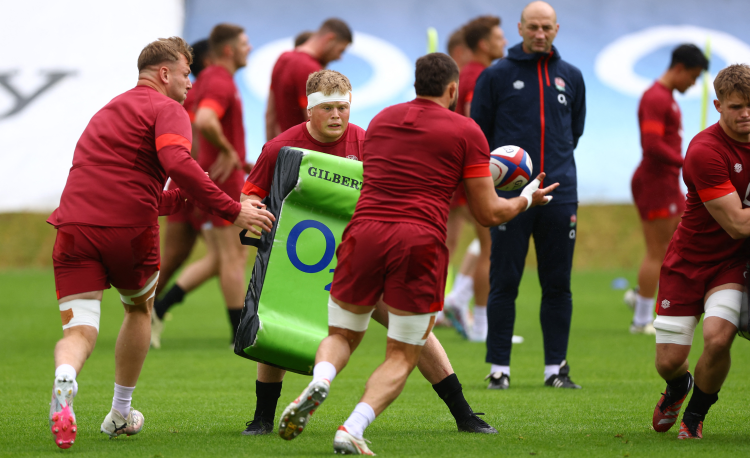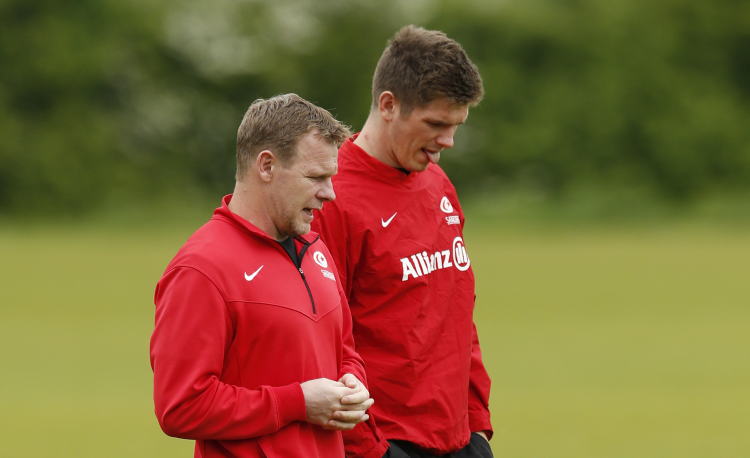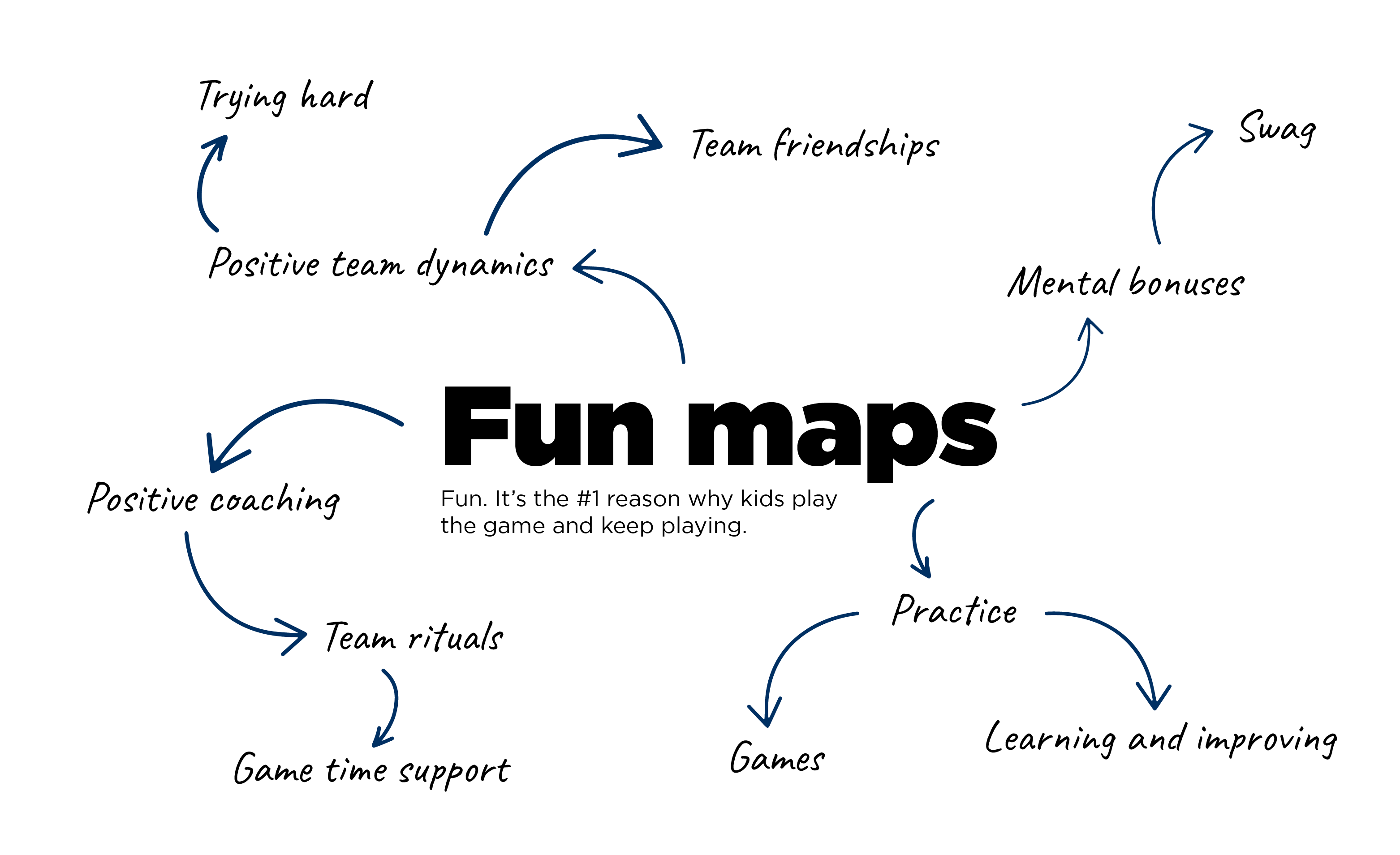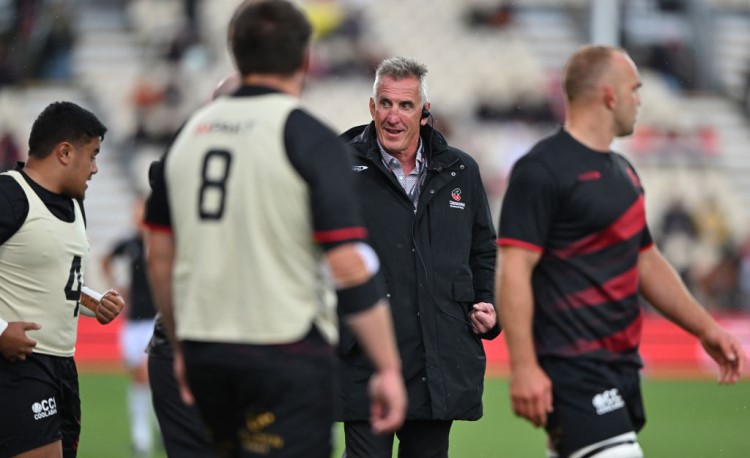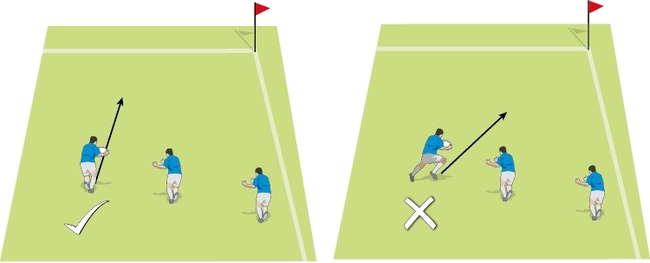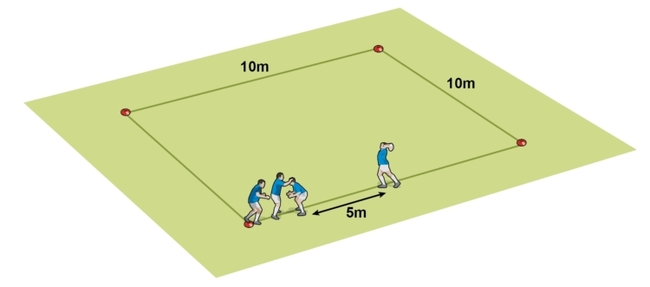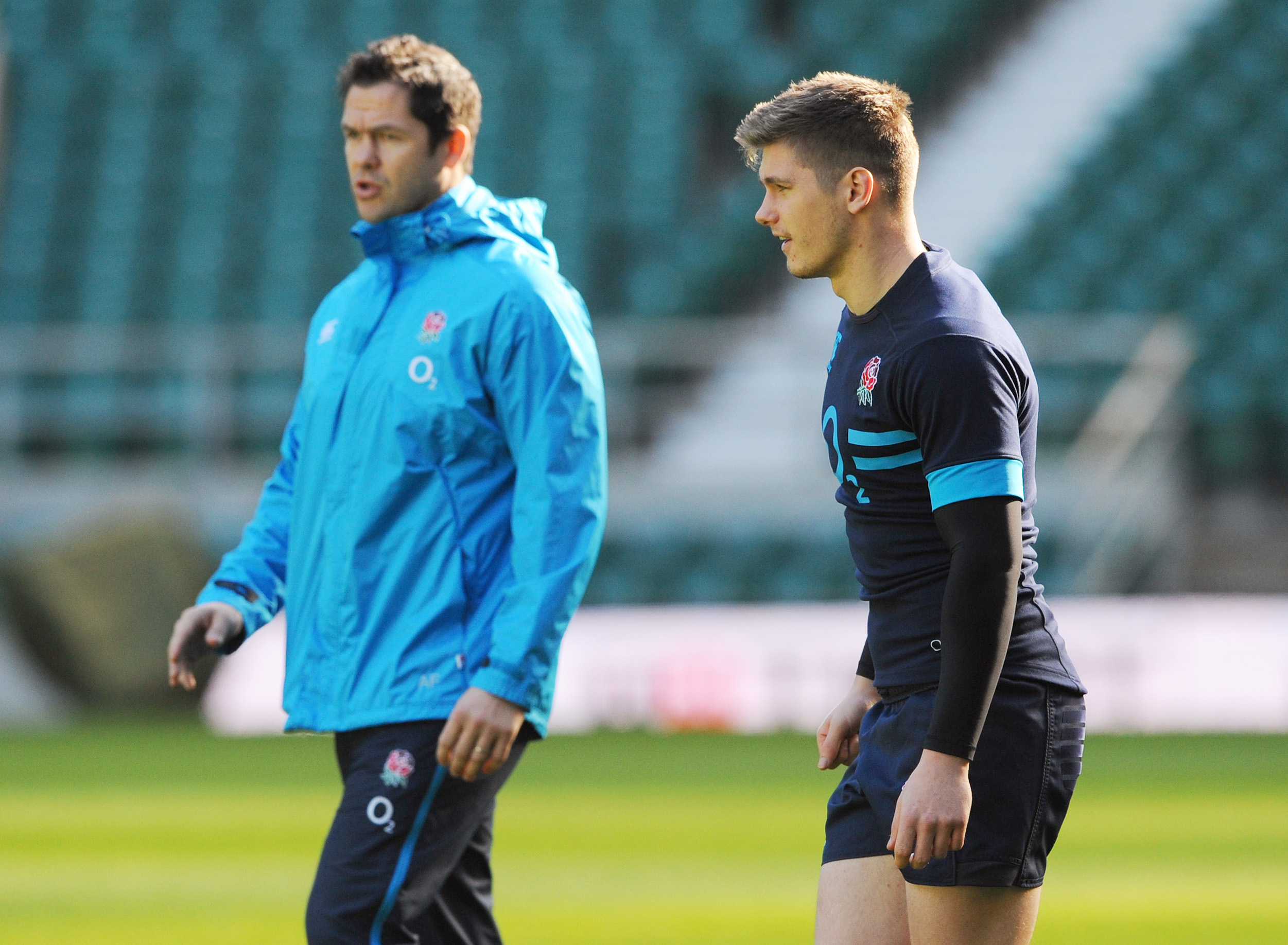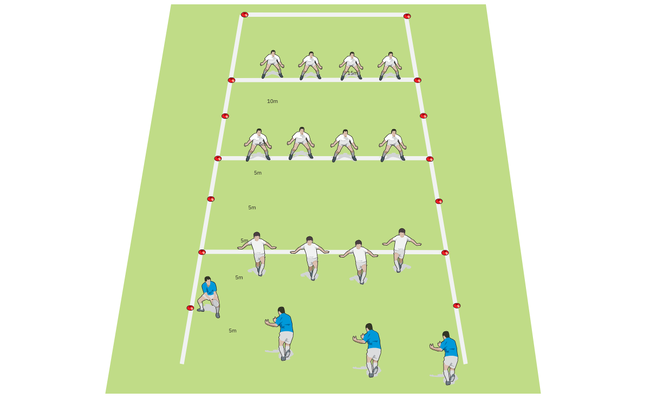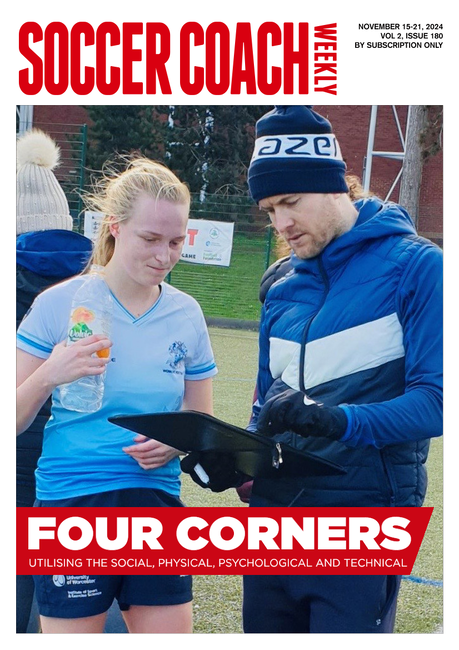'I do, we do, you do'
MASON DAVIES shows how to transport a learning model from the classroom to the pitch to provide clearer explanations of how to execute skills and tactics.
In the January 19 issue (RCW 144), I discussed the importance of making our explanations as clear as possible.
We want our players to translate those words accurately to achieve success in training and matches.
Turning words into actions can be difficult, though, if our players can’t visualise what this might look like.
If, for example, I were to describe a beach scene to you, the picture you create in your head would be different from the next person who does the same exercise.
The same can be said in our rugby contexts, especially for players who are new to the game, a club or a coach’s particular philosophy of play.
If you were to say: "Secure the ball at the base, get it to the first five-eighth, up and under, chase and pressure the receiver if you can’t secure the ball”, how many players would look at you with blank expressions? How many questions would you be asked? How many different versions of this would be played through the heads of your players?
This is a problem when we need everyone to see the same thing – and that’s precisely the point, they need to see it.
You may think this is obvious and that you show your players what success looks like all the time.
But how can we improve the quality of our demonstrations so players can carry them out with fidelity and precision?
One such method, which is used in classrooms across the land, is called: ’I do, we do, you do’.
"We want our players to translate our words accurately to achieve success..."
What is it?
It is a ’gradual release’ model that goes from a teacher demonstration to the students carrying out a process independently.
It starts with the ’I do’ phase, where the teacher models a process to the students, narrating or explaining each step.
This is followed by the ‘we do’ phase, where the teacher enlists the participation of the students to complete the same process together.
This usually involves the teacher questioning the students at each stage of the process to check their understanding.
The final phase, ‘you do’, commences when the teacher is happy that the students understand the process confidently enough to apply it independently without teacher guidance.
Why might this be useful in coaching?
Players can see what success looks like in small steps. They have clear success criteria and set of steps to follow, rather than a process all at once, which can be overwhelming and daunting.
The players can also practice with the coach and re-encounter the steps to success. This means that they are more likely to remember the steps as they encounter and practice them multiple times, before independent application.
This is more likely to lead to success and accuracy as players have encountered the process multiple times before independent practice.
’I DO’
- The coach demonstrates, in slow motion, the role of the tackler
- Includes talking through as the action takes place and then demonstrating without the action
Related Files
- A group of three demonstrates
- The coach checks for understanding
- Then, the players go off to practice
- The coach corrects any common areas as a group or provides individual feedback
- Put into game situations
- Only stop and feed back on common errors
- Only go back to ’we do’ phase if it continues to be inaccurate
What might this look like on the field?
Example activity: the tackle and competing for the ball at the breakdown/ruck
’I do’ phase
- The coach demonstrates tackle, release, back to feet and securing the ball/counter ruck. The coach uses a large tackle bag to represent the tackled player.
- The coach demonstrates each step once through, with narration/explanation.
- The coach repeats the process again with narration.
- The coach repeats the process for a third time without narration.
’We do’ phase
- The coach picks three players to demonstrate to the rest of the team (tackler, tackled player, opposition player).
- As the players demonstrate, the coach stops them at each phase and questions the team about what is happening, what needs to happen next and why.
- Players go off in threes to practice.
- The coach moves around the trios to offer feedback and question each of the groups.
- If there is a common error being demonstrated by multiple trios, the coach may ‘stop the bus’, bring all players back in and correct the common error by demonstrating it again.
- This continues until the coach is happy all players can practice this accurately without input.
’You do’ phase
- The coach sets up a game situation and explains to the players that this drill/process is the main focus.
- The coach watches the game and ‘stops the bus’ every time players don’t do this accurately.
- A coach can then decide to go back to the ’we do’ phase or continue with a game, based on the levels of accuracy being demonstrated.
Can this model still work for processes with lots of players and multiple moving parts, such as set pieces or set plays?
Yes. Here’s how it can work...
’I do’ phase
This can be a high-quality video of the exact move that you ask the players to watch together, or, prior to the session, watching an older (or different) team do it in training, or the old-fashioned cone = player scenario.
What is crucial is that you narrate to the players what’s happening and what to do as the set piece/move takes place. Again, you can do this multiple times.
’We do’ phase
Walk it through as a group.
- Set the players up in each position, one by one, explaining to them and the rest of the team what their role is.
- Question players in each role about what they need to do, when and why, before setting up the next player and repeating.
- Then, simulate it – walk it through multiple times first.
- Blow your whistle and ’stop the bus’ every time a player doesn’t carry out their role accurately and repeat the process.
- Ask the team why you stopped, elicit a correct response and then go again.
- Increase the speed of the walk-through until players run it without any mistakes.
’You do’ phase
Run the play/move until players can’t get it wrong. This might be three times – or 10!
The key should be that your model/demonstration shows the players precisely what success looks like, chunked into small steps and sequenced logically, accompanied by a well-scripted explanation.
Questions to consider
- Why is it essential that players are exposed to a process in small, narrated steps?
- Why is it essential for players to practice multiple times before applying it independently?
- Which skills/moves do your players require more practice with?
- Which elements of the ’I do, we do, you do’ model could you incorporate into your current coaching repertoire?
- What drill/skill could you script and model using this in an upcoming training session?
Newsletter Sign Up
Coaches Testimonials

Gerald Kearney, Downtown Las Vegas Soccer Club

Paul Butler, Florida, USA

Rick Shields, Springboro, USA

Tony Green, Pierrefonds Titans, Quebec, Canada
Subscribe Today
Be a more effective, more successful rugby coach
In a recent survey 89% of subscribers said Rugby Coach Weekly makes them more confident, 91% said Rugby Coach Weekly makes them a more effective coach and 93% said Rugby Coach Weekly makes them more inspired.
Get Weekly Inspiration
All the latest techniques and approaches
Rugby Coach Weekly offers proven and easy to use rugby drills, coaching sessions, practice plans, small-sided games, warm-ups, training tips and advice.
We've been at the cutting edge of rugby coaching since we launched in 2005, creating resources for the grassroots youth coach, following best practice from around the world and insights from the professional game.
